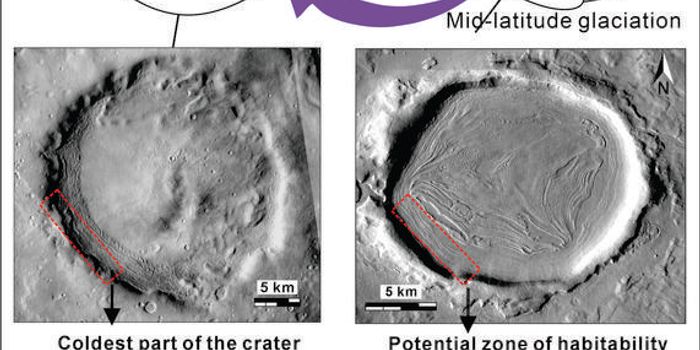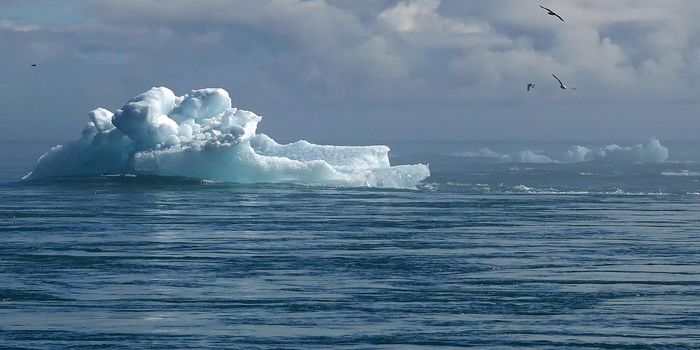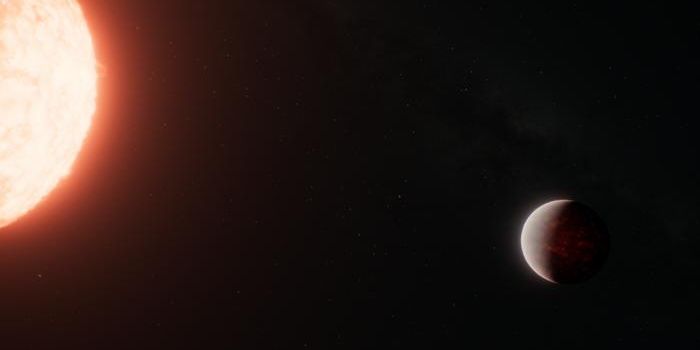July 2019 is the Hottest Month on Record
Headlines of record-breaking heat have become more common this summer. Just a few weeks ago, cities throughout Europe suffered through an intense heatwave. It’s not very surprising that, as confirmed by the Copernicus Climate Change Service (C3S) of the European Union, July 2019 is now the hottest month on record. This record was previously held by July 2016 and last month’s temperatures beat it by a very narrow margin.
In a statement from the organization, Jean-Noël Thépaut (head of C3S) said, “While July is usually the warmest month of the year for the globe, according to our data it also was the warmest month recorded globally by a very small margin. With continued greenhouse gas emissions and the resulting impact on global temperatures, records will continue to be broken in the future.”
C3S reports that July was 0.56°C above average compared to the latest standard climatological record (1981-2010). This is only 0.04°C warmer than July 2016, which was experiencing El Niño conditions. July’s 0.56°C increase is the closest we’ve come to surpassing the 1.2°C pre-industrial level defined by the Intergovernmental Panel on Climate Change.
This year is on track to be one of the hottest on record. C3S previously reported that June 2019 was the warmest June ever recorded and that every other month this year has ranked within the top four warmest. C3S also reports that from August 2018 to July 2019 temperatures were elevated more than normal throughout Europe, the Middle East, and certain regions of Siberia, China, Asia, Australia, Africa, and even Antarctica. The global average temperature was 0.53°C above the 1981-2010 average.
Reports from the World Meteorological Organization (WMO) align with the information from C3S. During a press conference regarding the data UN Secretary-General António Guterres commented, “We have always lived through hot summers. But this is not the summer of our youth. This is not your grandfather’s summer.”
Additionally, WMO Secretary-General Petteri Taalas stated, “The extraordinary heat was accompanied by dramatic ice melt in Greenland, in the Arctic and on European glaciers. Unprecedented wildfires raged in the Arctic for the second consecutive month, devastating once pristine forests which used to absorb carbon dioxide and instead turning them into fiery sources of greenhouse gases.” He called this the “reality of climate change” and warns that it will continue to get worse without action.
Sources: Copernicus Climate Change Service, World Meteorological Organization








